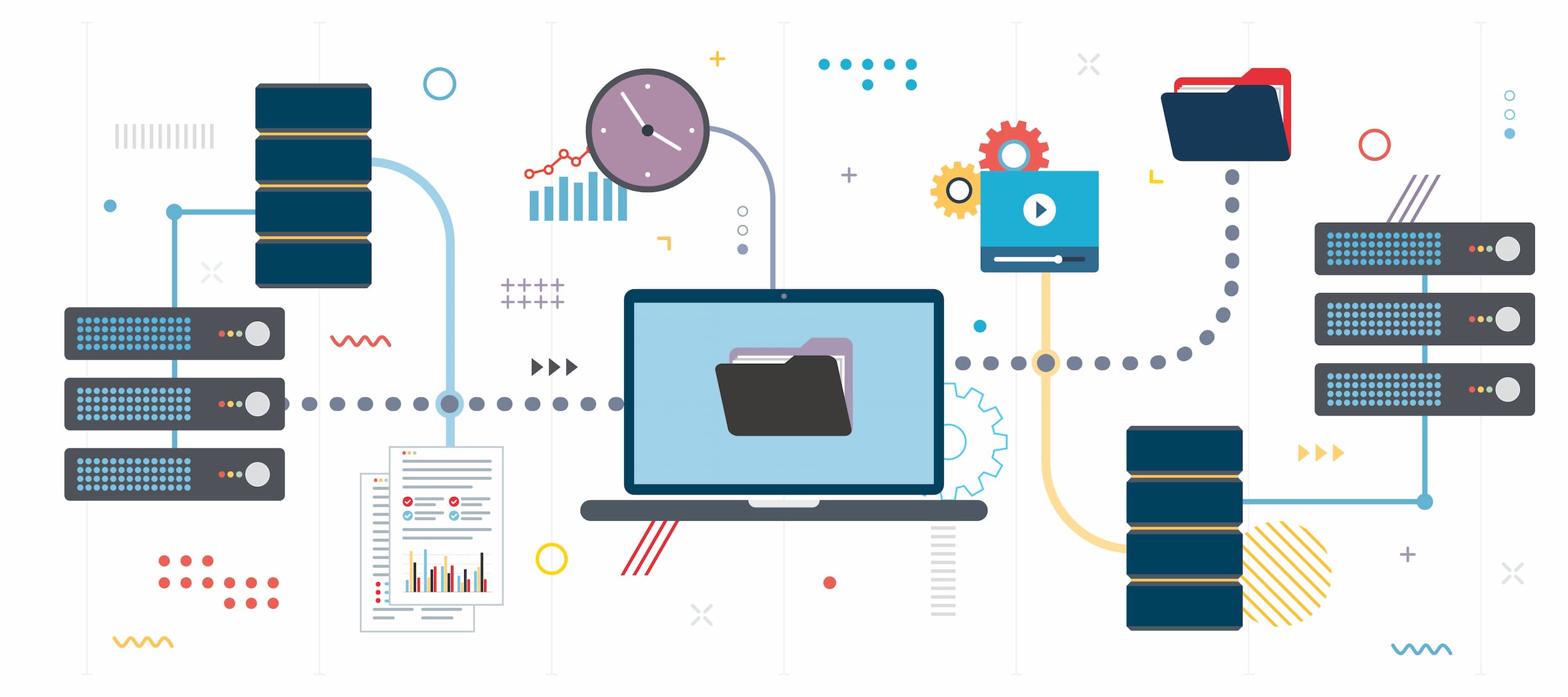
How Federal Agencies Can Accelerate Legacy Modernization
One of the major issues with legacy IT systems is that they ultimately end up costing organizations far more money than most realize until it's too late.
Legacy systems may have had their place at one point, but they've become a product of an era that has long ended. They're typically off-the-shelf solutions that were designed to make ends meet. Best case scenario: they're referred to as a "jack of all trades, master of none." They do many things, but they don't do any of them particularly well, which can lead to operational inefficiencies that only worsen over time.
This is already a problematic situation when you're discussing a private business — and one that dramatically worsens when you're discussing administrative authorities like a federal agency that has a duty to serve its people.
All of this is why the United States federal government has pushed for digital transformation and legacy modernization over the last decade. They need situation-specific solutions that don't just perform a function but do so while also offering the best possible experience on behalf of their users.
Getting to this point requires a fair amount of effort, but it's also a process that can be accelerated in a variety of ways, all of which are worth exploring.
The Roadmap to Legacy Modernization
By far, the most important step towards legacy modernization for federal agencies involves coming to a better understanding of exactly what that term means in their specific context.
That is to say, organizational leaders need to answer many important questions so that they can develop an organic strategy to tackle the modernization process head-on.
What, specifically, does a federal agency need an IT investment to do that it doesn't do right now? What problem are they trying to solve on behalf of their constituents, or what function do they need to be able to perform that they can't do with their current system? What works about the legacy solution and, more importantly, what doesn't?
The answers to these questions should dictate the actions the agency will take moving forward.
A proper evaluation in terms of business fit, business value, and overall agility must be performed before a digital transformation strategy is decided upon. Only by making an effort to carefully understand the current requirements of a system will those leaders and key decision-makers be able to find a solution that fills in the gaps that currently exist.
What’s equally important for federal agencies is coming to an understanding of the various legacy modernization options that are out there. These include but are certainly not limited to ones like:
- Encapsulation: This is when an organization essentially uses the current solution as a foundation from which to build from moving forward. Certain services and functions that are working well are made available as services via an API once a new platform has been selected.
- Replatforming: This is when that aforementioned foundation is essentially jettisoned in favor of a new, modern platform.
- Refactoring: This process involves a situation where the existing code is optimized and restructured, eliminating any waste that may have built up over time to improve things as much as possible.
- Rebuilding: Here, the existing application is redesigned and often completely rewritten from scratch — all while preserving its original scope and specifications, among other attributes.
- Replacing: In extreme situations, this may be necessary when a legacy application simply does not have the functionality needed to keep up with current demands. That legacy app is replaced with something totally new, all within the context of new requirements and the needs of the federal agency as they exist right now.
Which of these options is best will depend on a few important factors, including the application itself and its perceived shortcomings, and the direction the federal agency is headed in. Again, there is no "one size fits all" approach. Only by understanding A) where the federal agency currently exists in terms of technology, and B) what they are trying to accomplish, will they be able to decide on a method that is right for them.
According to one recent study conducted by Gartner, it was estimated that over 50% of government agencies will have modernized their core legacy applications by as soon as 2025. They will make this effort in large to improve not only the resilience of these systems but their agility as well.
It's not only about addressing the challenges of today; it's also about better preparing oneself for the ones they may face tomorrow, too. Legacy modernization goes a long way towards helping federal agencies accomplish precisely that, which is why it is and will continue to be so important moving forward.
Contact us to learn more about getting started with the digital capabilities for government agencies.
